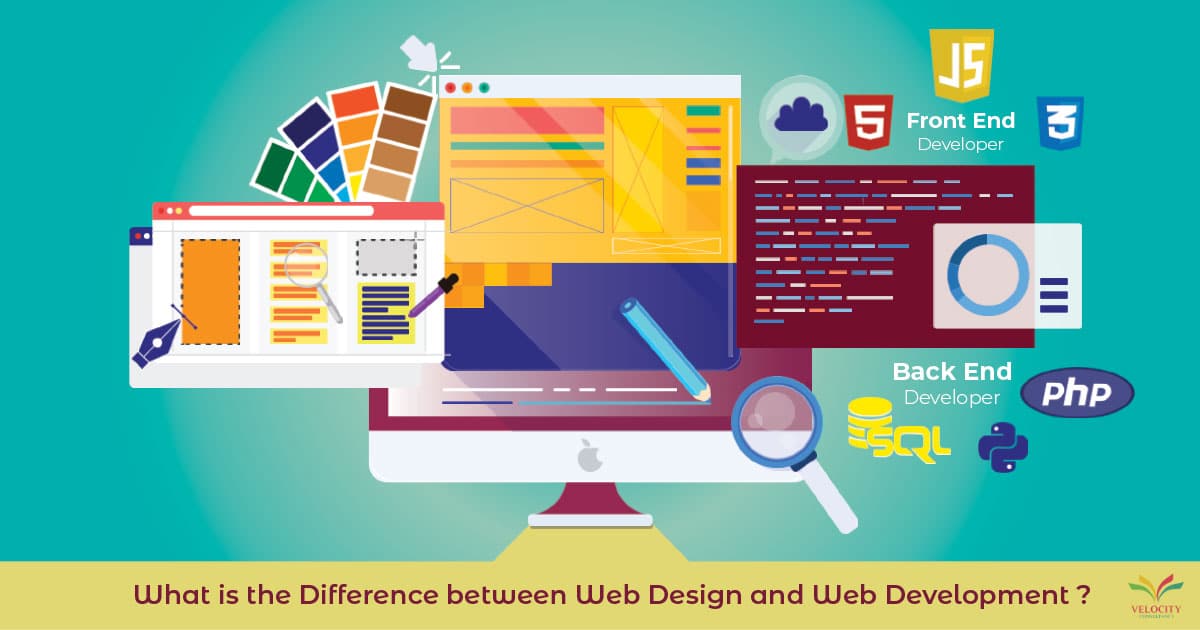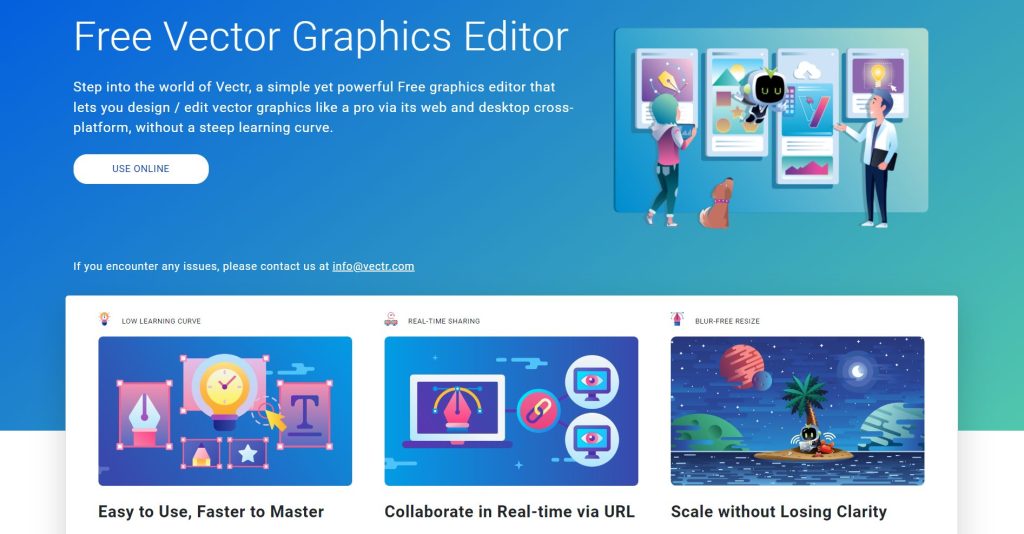Why Every Business Needs a Custom Web Design for Maximum Impact
Why Every Business Needs a Custom Web Design for Maximum Impact
Blog Article
Comprehending Individual Experience: Trick Principles for Effective Website Design
In the world of web layout, recognizing customer experience (UX) is critical to producing systems that not only draw in however likewise retain users. Secret concepts such as instinctive navigation and reliable feedback devices play crucial roles in cultivating individual satisfaction. In addition, factors to consider for availability guarantee that all individuals can involve with the content seamlessly.
Value of Customer Experience

In the world of web design, one can not undervalue the relevance of user experience (UX) as a pivotal element that straight affects the success of a website. When individuals run into a appealing and instinctive interface, they are a lot more most likely to discover the content, convert into clients, or share their experiences with others.
It encompasses the general performance of a site, making sure that navigation is seamless and information is quickly accessible. Web sites that prioritize UX are typically regarded as more trustworthy and reliable, which can have a profound impact on conversion prices.
Eventually, buying user experience is not simply a layout option; it is a critical choice that can distinguish a brand name in a jampacked marketplace. By concentrating on UX, companies can produce purposeful communications that resonate with users, leading the way for sustained success in the digital landscape.
Usability Principles
Reliable web layout rests on the application of key use concepts that guarantee a site is both user-friendly and useful. Central to these concepts is the concept of intuitiveness, where customers can browse the website effortlessly without substantial instruction. Clear navigation structures, including regular layouts and well-labeled food selections, boost this intuitive experience, permitting customers to locate information swiftly.

Consistency is equally vital; preserving harmony in layout components, terminology, and procedures across the website helps to minimize confusion. Individuals should not need to relearn just how to engage with various areas of the web site.
Additionally, mistake avoidance and recuperation are necessary for use. Web sites ought to be designed to reduce the possibility of user mistakes, and when mistakes happen, clear and useful error messages ought to lead users in the direction of resolution.
Ease Of Access Considerations
Guaranteeing accessibility in internet layout is paramount for creating inclusive electronic experiences that provide to all users, consisting of those with impairments. Access considerations entail making websites that fit diverse requirements, making it possible for customers with visual, acoustic, cognitive, or motor problems to navigate and interact efficiently.
To accomplish this, web designers ought to comply with established standards, such as the Internet Web Content Access Standards (WCAG) These guidelines offer a framework for making content perceivable, operable, understandable, and robust. Trick practices consist of guaranteeing sufficient shade comparison, providing message choices for non-text content, and making certain key-board navigability.
Additionally, semantic HTML must be utilized to enhance screen visitor compatibility, allowing customers with aesthetic problems to comprehend the structure and significance of web content with ease. web design. Giving clear, concise instructions and using simple language can further improve use for individuals with cognitive specials needs
Regular access screening, including actual users with disabilities, is crucial to determine barriers and enhance the user experience. By focusing on availability, web developers not only follow legal criteria yet likewise cultivate a more equitable digital landscape, inevitably profiting every person through boosted usability and interaction.
Aesthetic Style Components
A myriad of aesthetic design aspects plays a critical function in shaping individual perceptions and experiences on a site. These elements consist of color design, typography, whitespace, images, and design, each contributing to the general visual allure and effectiveness of a site.

Color pattern evoke emotions and can affect user actions; for example, cozy shades might develop a feeling of necessity, while cool colors frequently promote peace. Typography, on the other hand, influences readability and can develop a brand's individuality - web design. The choice of font design and dimension should align with the web site's purposes and target market
Imagery, including pictures and symbols, improves storytelling and can significantly impact customer involvement. Premium visuals my sources create a feeling of professionalism, while poor-quality photos might interfere with the individual experience.
Format and whitespace are similarly crucial, as they direct users with the web content. A well-structured layout helps users locate details promptly, while appropriate whitespace stops mess, facilitating a much more pleasurable surfing experience.

Checking and Version
Customer screening and iteration are essential parts of a successful web layout procedure. These techniques make it possible for developers to collect useful comments from real customers, making sure that the end product satisfies their needs and expectations. User screening involves observing exactly how actual users interact with an internet site, determining functionality concerns, and comprehending user habits. This straight feedback is crucial in disclosing pain points that might not be apparent throughout the design phase.
Version, on the other hand, is the procedure of fine-tuning the design based on the insights gained from customer screening. By making step-by-step adjustments and re-evaluating the style, groups can enhance performance, boost looks, and optimize user interaction. This intermittent method fosters a culture of continual enhancement, allowing designers to adapt to customer requirements and emerging patterns efficiently.
Furthermore, incorporating both customer testing and version right into the style procedure results in even more enlightened decision-making and eventually results in a much more user-centered product. By embracing these principles, internet developers can develop much more instinctive, appealing, and efficient experiences that reverberate with their target market, eventually driving higher user complete satisfaction and retention.
Verdict
Finally, customer experience is an essential component of effective internet style, incorporating functionality, availability, and aesthetic blog here factors to consider. Following recognized principles enhances individual fulfillment and interaction, promoting an extra inclusive on-line setting. Constant screening and iteration work as essential procedures for determining and resolving customer pain points, making sure that web styles stay adaptable to evolving requirements. By prioritizing these aspects, internet designers can create interfaces that not only satisfy customer expectations however also promote long lasting links.
In the realm of web style, understanding user experience (UX) is critical to creating platforms that not only draw in yet additionally retain customers.In the world of web style, one can not ignore the relevance of customer experience (UX) as a crucial component that straight affects the success of a website. Customer testing involves observing how genuine individuals communicate with an internet site, identifying usability problems, and comprehending individual behavior.In final thought, user experience is a vital find here part of reliable internet design, incorporating usability, accessibility, and visual factors to consider. Continual testing and model serve as essential processes for dealing with and recognizing customer discomfort points, making certain that internet styles stay adaptable to evolving needs.
Report this page